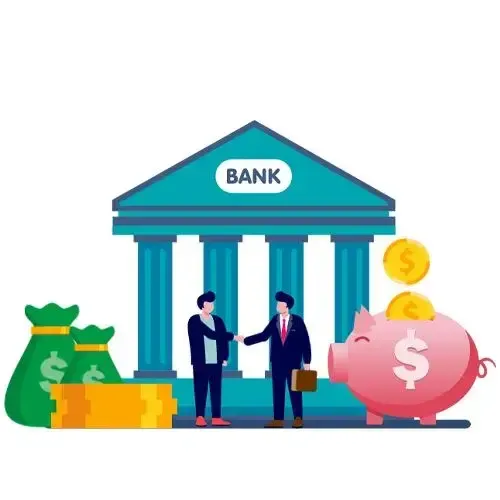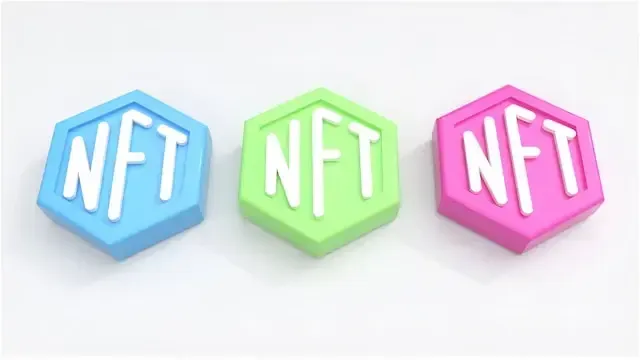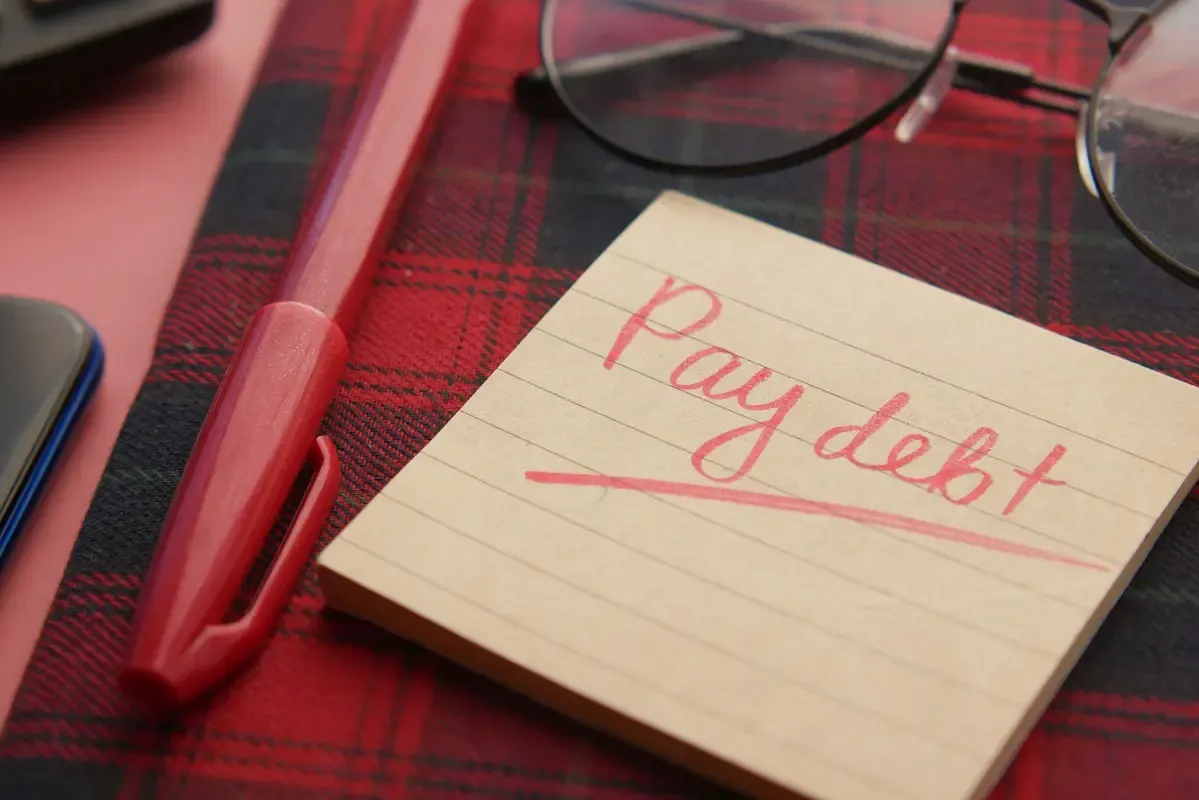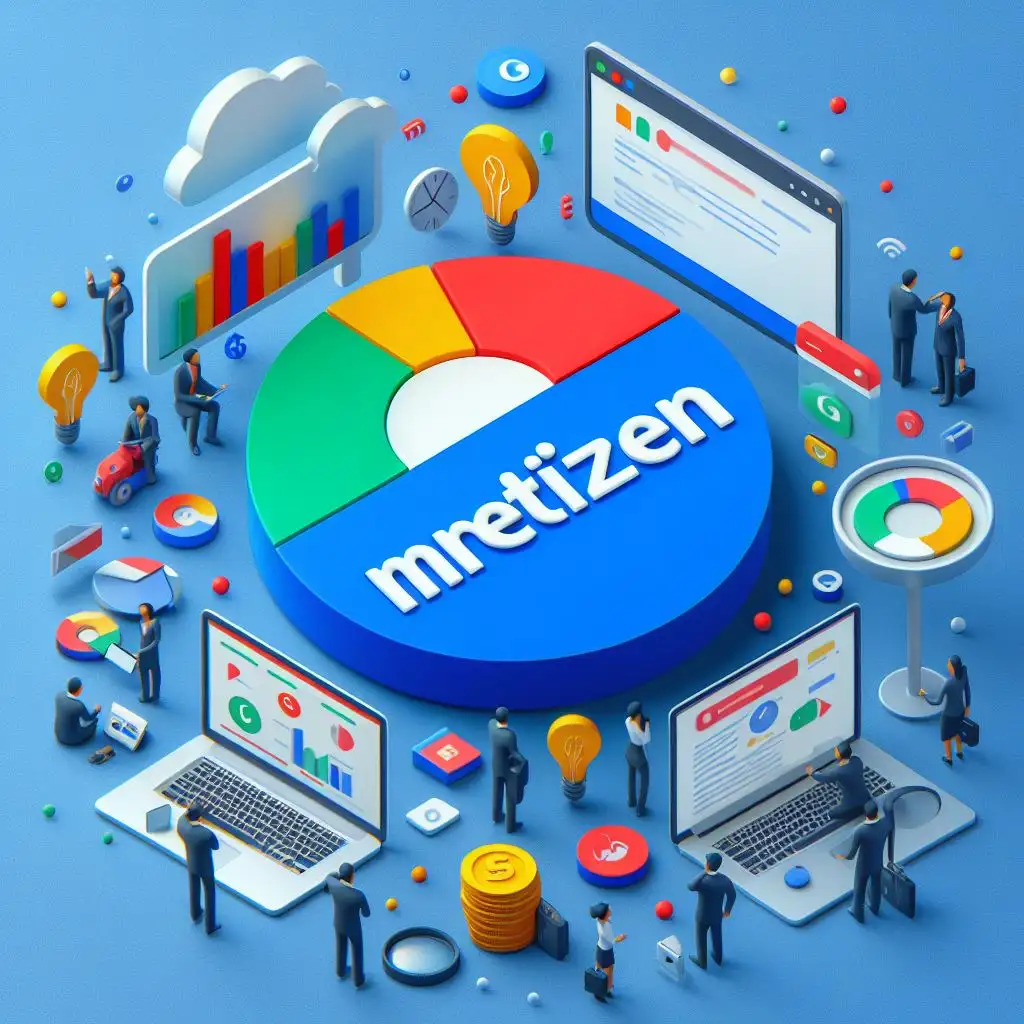Want to build your own money transfer app? Learn step-by-step how to create a secure, user-friendly app that enables fast and easy money transfers. Start your journey into fintech today!
In today’s fast-paced world, nearly every activity is performed online, and the days of dealing with time-consuming, mundane tasks are long gone. Thanks to the digital revolution, even tasks once considered tedious or dull have been transformed into streamlined, efficient processes. Now, you can complete virtually anything—be it shopping, ordering food, or even paying bills—right from the comfort of your home with just a few simple taps on your phone. The beauty of it all? Electronic transactions and payments have been simplified to the point where money transfers can happen almost instantly, with minimal effort.
But let’s talk about a trend that’s booming right now—money transfer apps. Could developing one be a smart business move? Let’s dive in.
Is Developing A Money Transfer App A Dependable Idea?
At this point, you’ve probably caught the drift: developing a money transfer app is indeed a hot topic. But you might be wondering—what’s the real appeal here? Here’s an analogy to make things clearer.
Think about working with an insurance broker. When you need new insurance, the first step is usually to get in touch with your broker. They serve as the middleman, acting as an intermediary between you and the insurance provider. They’re paid for their services, sure, but they are there to work in your favor and help you navigate the complexities of insurance. However, there’s always a risk that something might get lost in translation, leading to misunderstandings or mistakes that could cost you money.
Now, imagine a world where you could skip the middleman and go directly to the source of the product or service. That’s essentially what a money transfer app does—it allows you to send money directly, without the need for banks or financial intermediaries. No extra costs, no potential for mistakes. And based on recent reports (like one from Precedent Research), the money transfer industry is projected to hit an astonishing $9.87 trillion by 2030. That’s some serious growth!
What Exactly Is A Money Transfer App?
A money transfer app is a tool that simplifies the process of sending money—whether domestically or internationally. It’s like instant banking, minus the red tape and fees associated with traditional financial institutions. Think of it as an efficient, modern way to handle your financial transactions. Many of these apps also offer additional features like digital wallets, which allow users to store their funds for future use, bill payments, and even expense tracking.
The key to understanding the value of these apps is to compare them with traditional banking systems. Unlike conventional banks that often have high fees for transferring funds between accounts (especially across borders), money transfer apps bypass the need for these complicated, often expensive processes. They make it easier, faster, and more affordable to move your money around.
Steps to Create a Money Transfer App
Now that we know how valuable money transfer apps are, let’s explore the steps to creating one. If you’re thinking about building an app like this, there are several crucial phases you need to go through to ensure success.
1. Exploration Phase: Defining Your Product Idea
The first step in creating a money transfer app is the exploration phase. This is where you lay the groundwork for everything to come. During this phase, you’ll want to define your target audience, figure out the pain points your app will solve, and decide on the key features your app will offer. You’ll also need to carefully consider which stakeholders should be involved in the project.
And here's an important statistic: 99.5% of consumer apps fail. So, doing thorough research at this stage is critical to the success of your app. This phase will help you create a solid product strategy, ensuring that the app you develop has the best chance of success.
2. Designing the User Experience (UI/UX)
User experience (UX) and user interface (UI) design are key to your app's success. While the back-end developers will take care of the functionality, the front-end design is what your users will interact with. A clean, intuitive, and user-friendly interface will encourage users to return to your app time and time again.
To make sure your app meets your users’ needs, map out the customer journey—this is essentially a blueprint of how users will navigate your app and transfer money. The more seamless and enjoyable the experience, the more likely your users are to stick with your app.
3. Approach to Development
When it comes to building your app, you have two options: you can either develop it in-house with a dedicated team or outsource to experienced software developers. Choosing the right development team is crucial, as they will bring their expertise to the table, ensuring that your app is built using the best technologies available for the financial sector.
4. Ensuring Security
Security is paramount in any financial application. A data breach could lead to serious financial and reputational damage. With the rise of cybercrime, your users expect your app to provide top-tier security. Two-factor authentication (2FA) and encryption are just a few of the ways to safeguard user data.
5. Best Practices for Securing Your App
To keep your app safe from potential threats, make sure to:
-
Verify user identity: Confirm that each user is who they say they are.
-
Grant permissions carefully: Only allow access to what’s absolutely necessary.
-
Encrypt data: This prevents unauthorized access to sensitive information.
-
Secure APIs: Protect your application programming interfaces (APIs) from external threats.
Technologies for Creating a Money Transfer App
Creating a feature-rich money transfer app requires the use of advanced technologies. Here are some that are essential:
1. API Integration
APIs allow your app to connect with other systems or platforms. In simpler terms, APIs act as interpreters, allowing your app to communicate with external applications and services. This can include linking to financial systems or integrating with third-party services for additional functionalities.
2. Chatbots for Customer Support
Chatbots can provide 24/7 customer support to users, answering their questions and providing assistance whenever needed. With the rise of conversational AI, chatbots have become an essential part of any app’s support system.
3. Real-Time Alerts
Sending alerts to users about transaction statuses, account activity, and money transfers is an excellent way to keep your users informed. Whether it’s a confirmation that a transfer has been completed or an alert that a recipient has received funds, real-time updates help keep everything transparent.
4. Two-Factor Authentication (2FA)
To safeguard user accounts, 2FA adds an extra layer of security. Users will need to verify their identity using two different methods—usually a combination of something they know (password) and something they have (a code sent to their phone).
Ensuring the Security of Your Money Transfer App
Security is the most important aspect of any financial app. Here are some best practices to keep in mind:
1. Payment Gateway Protection
A payment gateway is responsible for processing payments securely. To protect sensitive transaction data, it must be encrypted so that only authorized parties can decode it.
2. Testing and Performance Evaluation
Before your app goes live, it’s essential to conduct penetration testing to identify potential weaknesses. This ensures that any vulnerabilities are addressed before they can be exploited by cybercriminals.
3. Creating a Secure Digital Environment
To maintain a safe and reliable app, you’ll need a strong IT infrastructure, secure coding practices, and a well-maintained web server. These measures help prevent unauthorized access and ensure that your app remains secure over time.


























